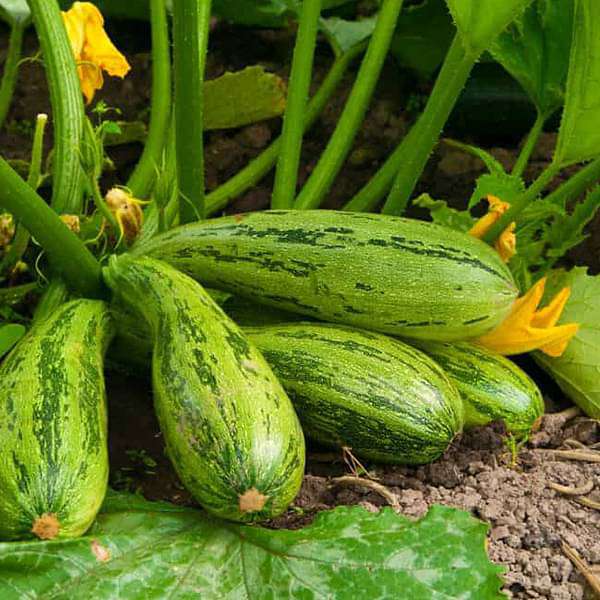
Squash Long Green - Vegetable Seeds
(MRP Inclusive of all taxes)
- Shipping ₹79 for entire order
- Dispatch in 7 days
- Country of origin: India

(MRP Inclusive of all taxes)
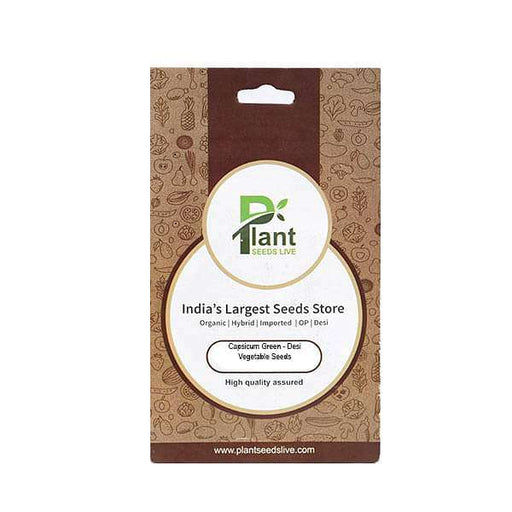
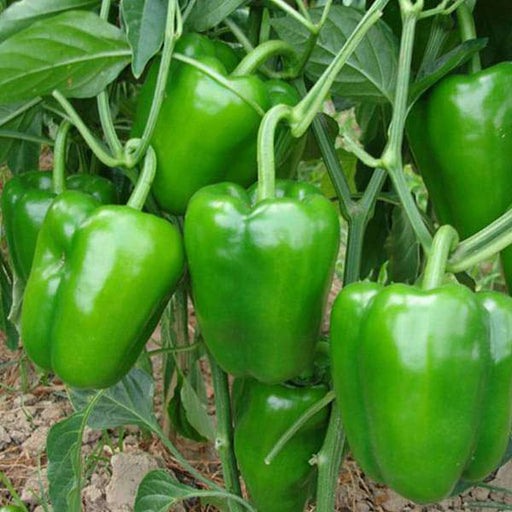 Sold out
Sold out
Capsicum Green - Desi Vegetable Seeds Capsicum Green, also known as bell pepper, is a vibrant and nutritious addition to your garden. Thes...
View full details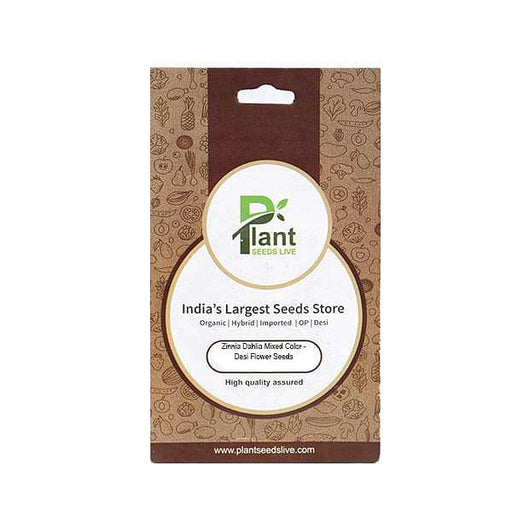
 Sold out
Sold out
Zinnia Dahlia Mixed Color - Desi Flower Seeds Transform your garden into a vibrant tapestry of colors with our Zinnia Dahlia Mixed Color -...
View full details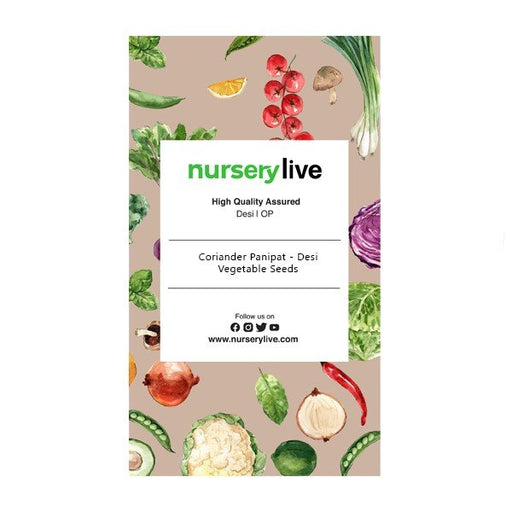
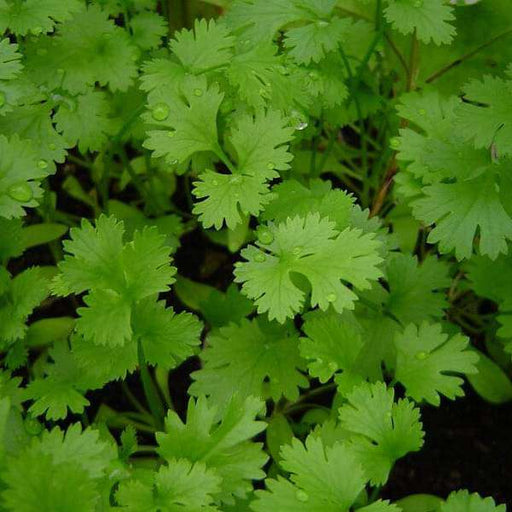 Save 25%
Save 25%
Coriander Panipat - Desi Vegetable Seeds Coriander Panipat is a premium variety of coriander seeds, cherished for its aromatic leaves and ...
View full details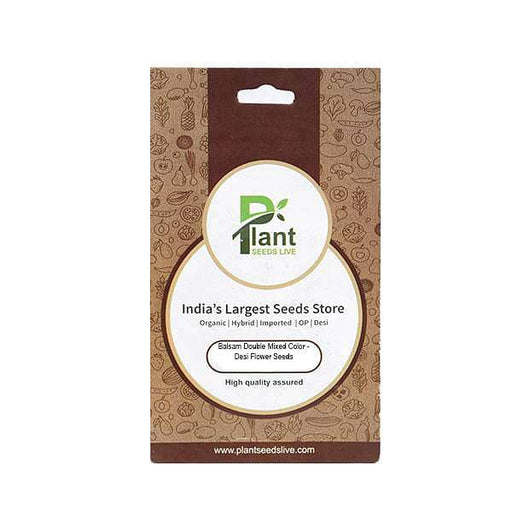
 Save 25%
Save 25%
Balsam Double Mixed Color - Desi Flower Seeds Discover the vibrant beauty of Balsam Double Mixed Color - Desi Flower Seeds, a delightful a...
View full details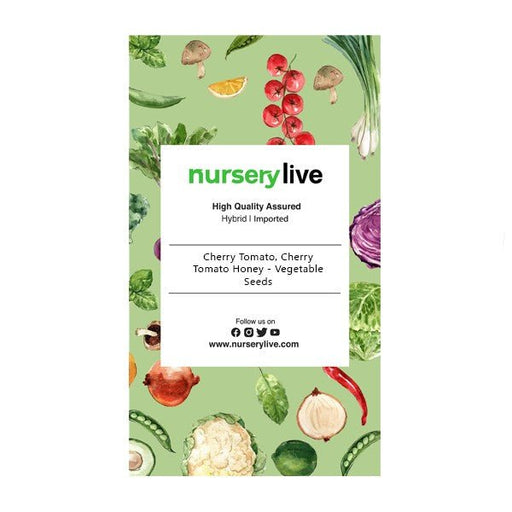
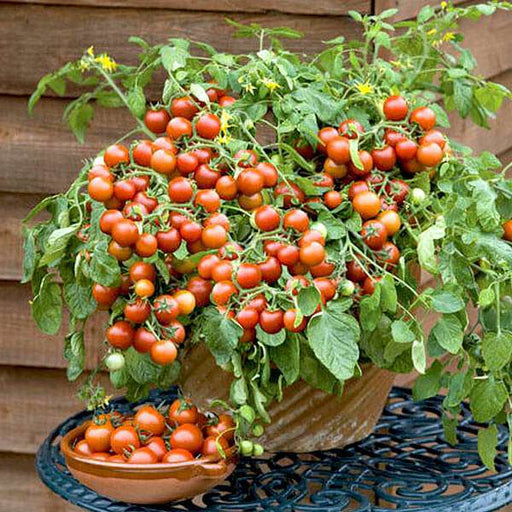 Sold out
Sold out
Cherry Tomato, Cherry Tomato Honey - Vegetable Seeds Discover the delightful world of Cherry Tomato Honey seeds, perfect for home gardener...
View full details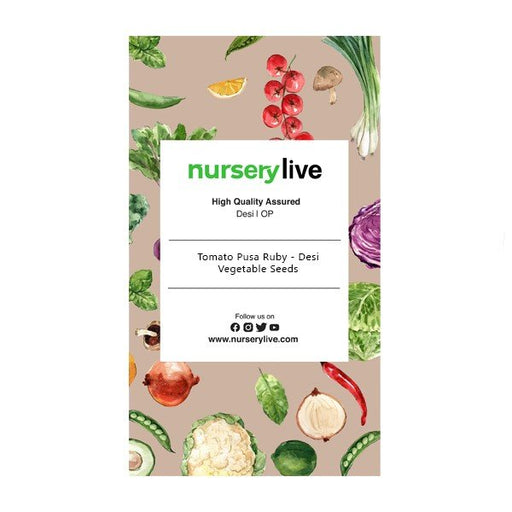
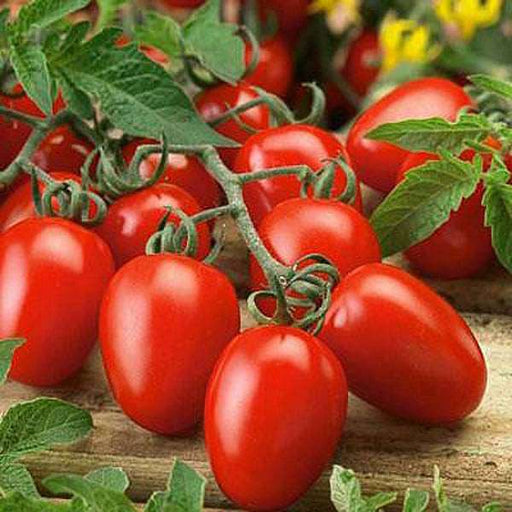 Sold out
Sold out
Tomato Pusa Ruby - Desi Vegetable Seeds The Tomato Pusa Ruby is a premium variety of tomato seeds, renowned for its vibrant red color, jui...
View full details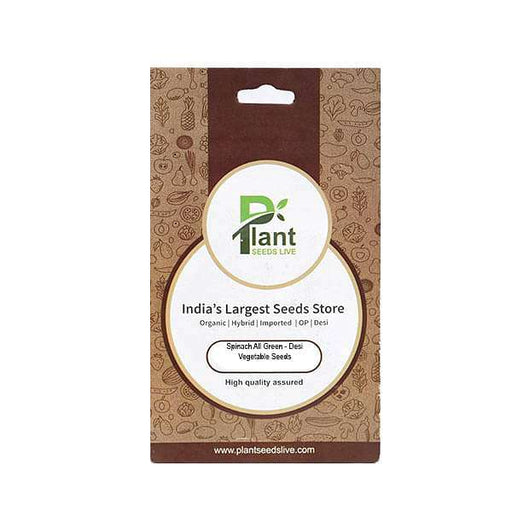
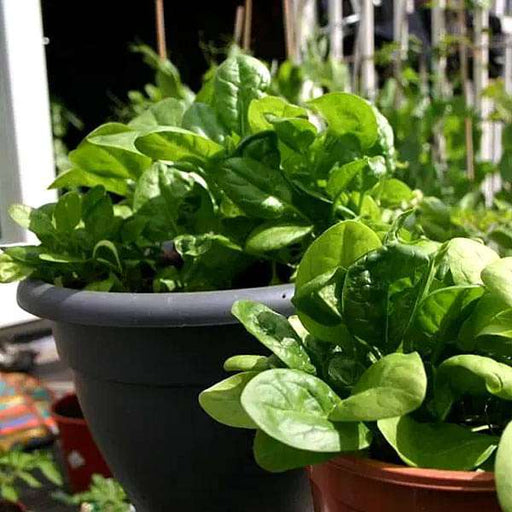 Save 25%
Save 25%
Spinach All Green - Desi Vegetable Seeds Introducing the Spinach All Green - Desi Vegetable Seeds, a premium variety of spinach that thriv...
View full details
 Sold out
Sold out
Capsicum Green - Desi Vegetable Seeds Capsicum Green, also known as bell pepper, is a vibrant and nutritious addition to your garden. Thes...
View full details
 Save 25%
Save 25%
Coriander Panipat - Desi Vegetable Seeds Coriander Panipat is a premium variety of coriander seeds, cherished for its aromatic leaves and ...
View full details
 Sold out
Sold out
Cherry Tomato, Cherry Tomato Honey - Vegetable Seeds Discover the delightful world of Cherry Tomato Honey seeds, perfect for home gardener...
View full details
 Sold out
Sold out
Tomato Pusa Ruby - Desi Vegetable Seeds The Tomato Pusa Ruby is a premium variety of tomato seeds, renowned for its vibrant red color, jui...
View full details
 Save 25%
Save 25%
Spinach All Green - Desi Vegetable Seeds Introducing the Spinach All Green - Desi Vegetable Seeds, a premium variety of spinach that thriv...
View full details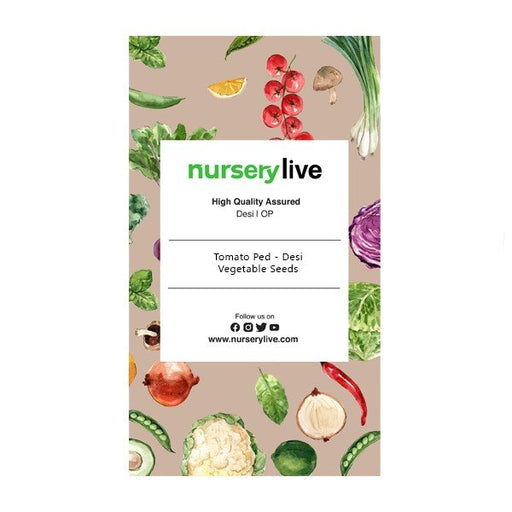
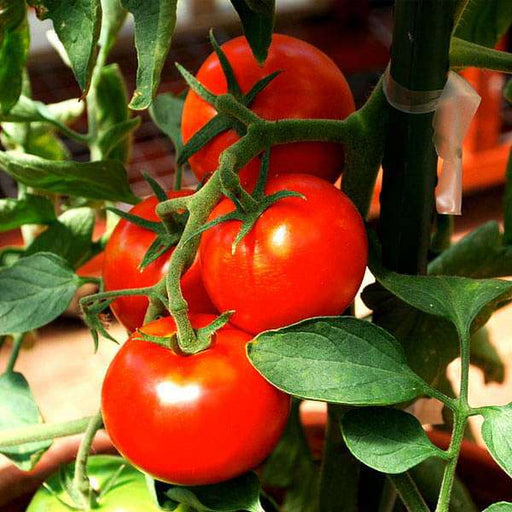 Save 25%
Save 25%
Tomato Ped - Desi Vegetable Seeds Introducing the Tomato Ped - Desi Vegetable Seeds, a premium selection of heirloom tomato seeds that pro...
View full details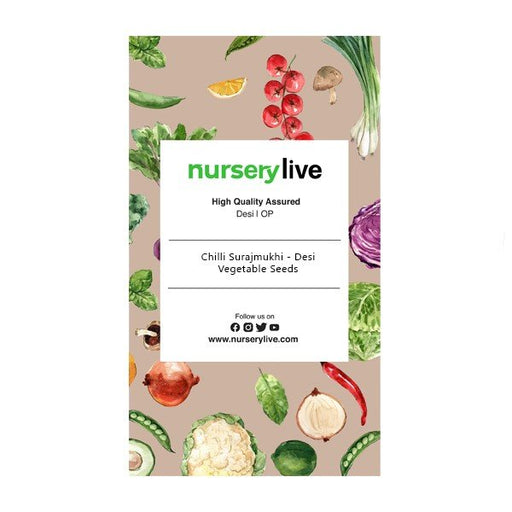
 Save 25%
Save 25%
Chilli Surajmukhi - Desi Vegetable Seeds Introducing the Chilli Surajmukhi, a unique variety of desi vegetable seeds that brings a burst o...
View full details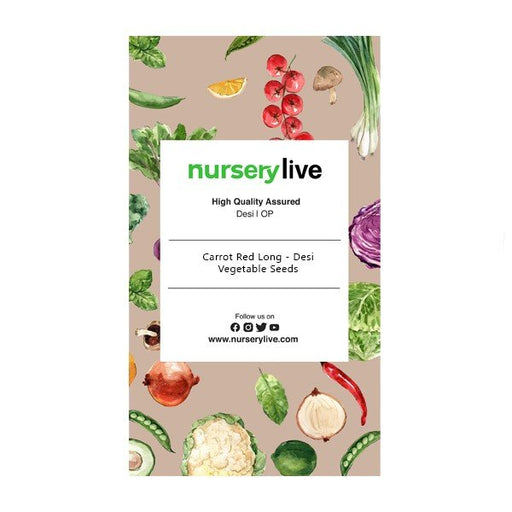
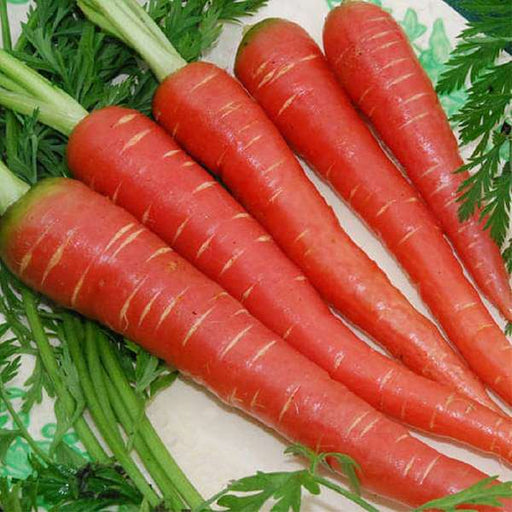 Save 25%
Save 25%
Carrot Red Long - Desi Vegetable Seeds Introducing the Carrot Red Long - Desi Vegetable Seeds, a premium variety known for its vibrant col...
View full details
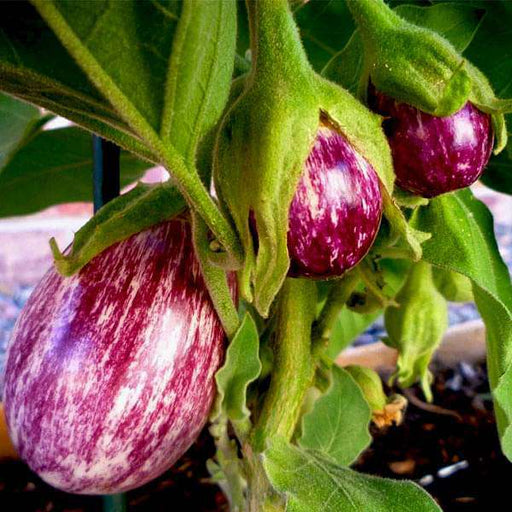 Save 25%
Save 25%
Brinjal Purple Round - Desi Vegetable Seeds Discover the rich flavors and vibrant colors of Brinjal Purple Round, a staple in Indian cuisi...
View full details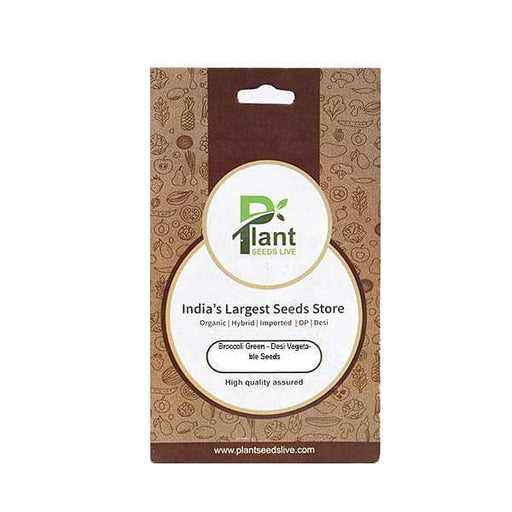
 Save 25%
Save 25%
Broccoli Green - Desi Vegetable Seeds Discover the vibrant world of Broccoli Green with our premium Desi Vegetable Seeds. Known for its ri...
View full details
 Save 35%
Save 35%
Best 6 Plants for Perfect Indoor Garden Transform your living space into a lush oasis with our curated collection of the Best 6 Plants for a...
View full details
 Save up to 50%
Save up to 50%
Mini Succulent Garden Pack Transform your space with our Mini Succulent Garden Pack, featuring a delightful collection of 4 any variety beautiful s...
View full details
 Save 30%
Save 30%
5 Best Fragrant Plants Transform your garden or indoor space into a fragrant paradise with our curated selection of the 5 Best Fragrant Plants. Th...
View full details
 Save 24%
Save 24%
Set of 2 Bonsai Looking Grafted Adeniums Transform your indoor or outdoor space with our exquisite Set of 2 Bonsai Looking Grafted Adenium...
View full details Save 45%
Save 45%
Top 4 Die Hard Succulents Pack Transform your indoor or outdoor space with our Top 4 Die Hard Succulents Pack, featuring a curated selecti...
View full details
 Save 30%
Save 30%
5 Best Indoor Plants Pack Transform your living space into a lush oasis with our '5 Best Indoor Plants Pack.' This carefully curated collection fe...
View full details
 Save 25%
Save 25%
Set of 4 Evergreen Air Purifier Plant Pack Transform your indoor space into a lush, green oasis with our Set of 4 Evergreen Air Purifier Pla...
View full details| SrNo | Item Name |
|---|---|
| 1 | Squash Long Green - Vegetable Seeds |
Discover the vibrant world of gardening with our Squash Long Green Vegetable Seeds. This heirloom variety is known for its elongated shape and rich, green color, making it a favorite among home gardeners and chefs alike. With a delightful flavor profile and versatile culinary uses, these seeds promise a bountiful harvest that will elevate your dishes and garden aesthetics.
What sets the Squash Long Green apart is its exceptional adaptability to various climates and soil types. This resilient plant thrives in both warm and cool conditions, making it a reliable choice for gardeners across different regions. Its high yield and disease resistance ensure that you can enjoy fresh squash throughout the growing season.
Special features of the Squash Long Green include its impressive nutritional profile, packed with vitamins A and C, fiber, and antioxidants. This squash not only enhances your meals but also contributes positively to your health. Plus, its unique shape and color make it a stunning addition to any garden.
When it comes to squash, variety is the spice of life! From the long green beauties to the plump yellow ones, each type has its own personality. Long green squash, often referred to as zucchini, is the cool kid on the block, versatile enough to star in both savory and sweet dishes. Whether you’re grilling, sautéing, or spiralizing, these squash varieties are ready to impress. So, why settle for one when you can have a whole garden full of squash personalities?
Want to cultivate your own long green squash? It’s easier than pie—well, easier than pie crust, anyway! Start with well-drained soil and plenty of sunshine, and watch your squash plants thrive. Remember to water them regularly, but don’t drown them; they’re not fish! With a little love and attention, you’ll be harvesting your long green gems in no time, ready to dazzle your dinner guests.
Timing is everything when it comes to harvesting long green squash. You want them to be just the right size—think Goldilocks, not too big, not too small. Gently twist and pull to avoid damaging the plant, and don’t forget to wear gloves unless you want to be the proud owner of a green-stained hand. With the right technique, you’ll be the squash whisperer of your neighborhood!
Long green squash isn’t just a pretty face; it’s packed with nutrients! Low in calories and high in vitamins A and C, this veggie is a guilt-free addition to any meal. Plus, it’s a great source of fiber, which means it’s good for your gut. So, go ahead and indulge in that zucchini bread or sautéed squash dish—your body will thank you, and your taste buds will throw a party!
The culinary world is your oyster when it comes to long green squash! From zoodles to ratatouille, this versatile vegetable can be used in countless dishes. Grill it, bake it, or toss it in a salad; the options are endless. Feeling adventurous? Try stuffing it with quinoa and cheese for a dish that will have your friends begging for the recipe. Long green squash is the culinary chameleon you never knew you needed!
Every gardener knows that pests can be the bane of their existence. But fear not! With a few clever tricks, you can keep those pesky critters at bay. Companion planting with marigolds or using organic insecticides can help protect your long green squash. Remember, a little prevention goes a long way, and you’ll be able to enjoy your harvest without the unwanted guests!
So, you’ve harvested a bounty of long green squash—now what? Proper storage is key to keeping your squash fresh and fabulous. Store them in a cool, dry place, and avoid stacking them too high; nobody likes a squash pile-up! If you’ve got more than you can handle, consider freezing them for later use. Just remember to blanch first, or you might end up with a mushy mess!
Want to be the proud parent of the next generation of long green squash? Seed saving is the way to go! After harvesting, select the best fruits and let them ripen fully. Scoop out the seeds, rinse them, and let them dry completely before storing. You’ll be the proud owner of a seed bank that would make any gardener green with envy!
If you’re all about that organic life, growing long green squash is a fantastic choice! Not only will you avoid harmful chemicals, but you’ll also contribute to a healthier planet. Embrace natural pest control methods and enrich your soil with compost. Your long green squash will thrive, and you’ll feel like a gardening superhero, cape optional!
Want to give your long green squash the best chance at success? Consider companion planting! Pairing squash with plants like corn or beans can create a harmonious garden ecosystem. These buddies help each other out, providing shade, support, and even pest control. It’s like a gardening buddy system, ensuring that your long green squash has all the support it needs to flourish!
Timing is everything in the world of gardening, especially for long green squash. Planting in the right season can make all the difference between a bountiful harvest and a sad, wilted plant. Aim for late spring when the soil is warm, and watch your squash thrive. With a little patience and the right timing, you’ll be enjoying fresh squash all summer long!
Squash Long Green - Vegetable Seeds are the magical little packets that promise to transform your garden into a squash paradise. These seeds grow into long, green squash that are not only delicious but also versatile. Think of them as the superheroes of your vegetable patch, ready to save dinner with their culinary charm!
Planting these seeds is as easy as pie—well, easier! Choose a sunny spot, dig a hole about an inch deep, and drop in the seeds. Cover them up, water gently, and watch them sprout like they’re auditioning for a gardening reality show. Just remember, they love warmth, so no chilly drafts!
Timing is everything, especially in gardening! Aim to plant your Squash Long Green - Vegetable Seeds after the last frost, when the soil is warm and cozy. Typically, this means late spring. Think of it as sending your seeds off to a tropical vacation—warm weather equals happy squash!
These plants are like introverts at a party—they need their space! Ideally, give them about 2 to 3 feet apart to stretch their leafy limbs. This way, they can grow big and strong without feeling cramped. Remember, a happy squash is a productive squash!
Watering is like giving your plants a refreshing drink after a workout. Aim for about an inch of water per week, adjusting for rain. Keep the soil consistently moist but not soggy—think of it as a spa day for your plants. They’ll thank you with bountiful squash!
Ah, the garden’s version of a horror movie! Watch out for squash bugs and cucumber beetles—they’re the villains in this tale. Keep an eye out for their sneaky appearances and consider using organic pesticides or companion planting to keep them at bay. Your squash deserves a drama-free life!
Patience, dear gardener! Squash Long Green typically takes about 60 to 80 days to reach maturity. It’s like waiting for a fine wine to age—worth every moment! Keep nurturing them, and soon you’ll be harvesting your green treasures, ready to impress at dinner parties.
Absolutely! These squash are adaptable little fellows. Choose a large container (at least 5 gallons) and ensure it has good drainage. With the right care, your container-grown squash will thrive, proving that even small spaces can yield big flavors. Container gardening just got a whole lot tastier!
Companion planting is like setting up your squash on a blind date! Great companions include corn, beans, and nasturtiums. They’ll help deter pests and provide support, creating a harmonious garden ecosystem. Just remember, no drama—only good vibes and delicious harvests!
Harvest time is like the grand finale of a concert! Look for squash that are about 6 to 8 inches long and have a glossy skin. Gently twist them off the vine, and voilà! You’ve got yourself a fresh, homegrown treat. Just don’t wait too long, or they might turn into oversized baseball bats!
Absolutely! Saving seeds is like keeping a family heirloom. Wait until the squash is fully mature, then scoop out the seeds, rinse, and dry them. Store them in a cool, dark place, and you’ll have your very own seed bank for next season. Talk about a sustainable gardening move!
Squash Long Green is not just a pretty face; it’s packed with nutrients! Rich in vitamins A and C, fiber, and antioxidants, it’s a health superstar. Incorporate it into your meals for a delicious way to boost your nutrition. Who knew being healthy could taste so good